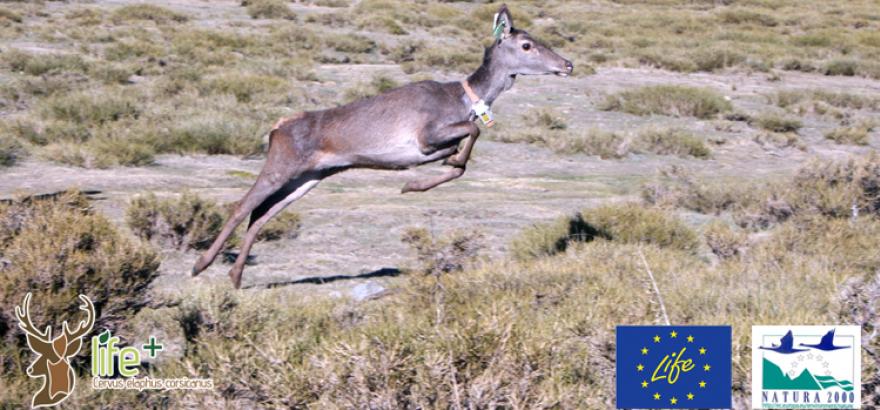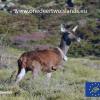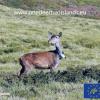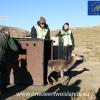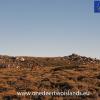Third transportation of deer from Sardinia to Corsica
Last Friday, 2nd of December, third transportation of deer from Sardinia to Corsica, under the LIFE + project "One deer two islands", was done.
Five deer (two young and three adult females) have been transferred. The specimens were fitted with GPS radio collar in order to be able to monitor the movements on the territory.
All deer are originally from Costa Verde (Sardinia) and coming from population lives in wild. After being selected, they were captured with the anesthesia method in two different phases. For this transfer operation was respected strict sanitary protocol: all specimens were thoroughly checked by veterinary examinations and laboratory tests, to make sure of their perfect state of health and to ensure the absence of pathogens.
After passing through all controls, certifications for international travel were issued.
Thursday, December 1, all deer were transferred from Arbus to Gallura in forestry site managed by Forestas Agency. The morning of Friday, December 2, at 08:10, from Cannigione first helicopter takes off. The second one takes off at 10:00. The flights were operated by Star Work Sky. After the short air travel, the 5 deer reached the Alta Rocca in Corsica, in Serra - di - Scopamène (SIC Plateau Cuscione et du Massif de l'Alcudina). The specimens were released at an altitude of about 1,500 meters above sea level.
The operation was coordinated by Forestas Agency and the Parc Naturel Régional de Corse, with the support of ISPRA and the provinces of Ogliastra and Medio Campidano.
The whole operation was completed successfully. The deer have arrived in Corsica in perfect health. These kinds of operations are very complicated from many points. Thanks to previous transfers that occurred in December of 2015 and March of 2016, it was possible to refine the protocol and tried and tested technology in the project.
L’intera operazione è stata conclusa con successo. I cervi sono arrivati in Corsica in perfette condizioni di salute. Questo tipo di operazioni sono molto complesse sotto molteplici aspetti. Anche grazie ai precedenti trasferimenti, avvenuti nel dicembre del 2015 e nel marzo del 2016, è stato possibile perfezionare il protocollo e la tecnica già collaudata nel progetto.









